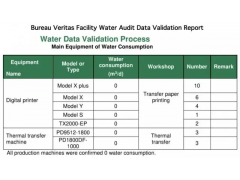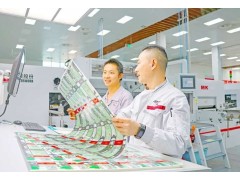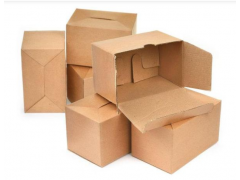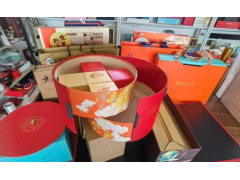News:Packaging is ubiquitous in urban life, from food and daily necessities packaging on supermarket shelves to disposable cups used in street coffee and milk tea shops. With the development of urban terminal logistics such as express delivery and takeaway, a large number of disposable packaging has also been produced, from lunch boxes to cargo boxes.
These packages connect production at one end and life at the other end, ensuring the smooth operation of the city and bringing great convenience to people, so that they do not realize its existence. But in fact, how to make these packaging better recycled and reused as resources is exactly the issue that needs to be paid attention to in the operation of the city. It needs the joint efforts of city managers, related enterprises, research institutions and citizens.
How should we build a circular path of green packaging? On June 10, in the World Reception Hall of Magnolia Plaza, Hongkou District, Shanghai, The Paper, which focuses on the development of Chinese cities, and the Think Circle platform initiated by Huhtamaki Pule Group, opened a "Green Packaging, the road to recycling".
In this discussion, Zhao Kai, Executive Vice President of China Circular Economy Association, Du Huanzheng, Director of the Institute of Ecological Civilization and Circular Economy of Tongji University, Li Zhiqing, Director of Environmental Economic Research Center of Fudan University, Huhtamaki Fiber Packaging and Food Service Division of Pule Group Michael Hoffmann, vice president of sustainable development and communication, each shared his observations, research and practice. The event was hosted by Du Yijia, Sustainable Consumption Partner of Impact Hub Shanghai, and also supported by Shanghai Council for the Promotion of International Trade, China Packaging Federation Circular Economy Committee, and Business Finland.
Tap the value of renewable resources
The primary function of packaging is to protect the packaging in it. The core concept of circular economy is how to make efficient use of resources. Zhao Kai pointed out that the relevant restrictive mandatory standards issued by China recently are aimed at some excessive packaging, which not only allows people to get products through packaging and realize the value of products, but also pays attention to how to better recycle and reuse these packaging materials.
The value of renewable resources deserves attention. Michael Hoffmann said that used paper cups are valuable renewable resources, not waste products. He took the paper cup recycling project promoted in Europe as an example to prove that they can be collected, sorted and reused effectively. In fact, in the past 20 years, due to the limitation of upstream wood supply, the output of virgin paper products has not changed much. But the actual output of paper products has increased by 4 times. The reason is recycling. This shows that recycling is effective and it reduces the pressure on the development and use of natural resources.
Chinese cities have more potential to tap renewable resources in packaging. Du Huanzheng said that packaging has an industrial scale of about 1.2 trillion yuan. All industrial development is inseparable from packaging. After Shanghai promoted waste classification, most of the increase in waste was due to packaging problems.
The role of packaging in reducing carbon emissions needs to be seen. Du Huanzheng pointed out that China's carbon emissions are 10 billion tons. If all resources are recycled, carbon emissions can be reduced by 2.5 billion tons. According to the Ellen MacArthur Foundation, by 2035, the volume of products used by society is increasing, and the effect of circular economy on carbon emission reduction may reach 46%. In terms of packaging, taking Huhtamaki's pilot paper cup recycling project in Shanghai, China as an example, Du Huanzheng pointed out that the project has obtained considerable carbon reduction data, which are important references.
Principles of circular economy, including reduction/Reduce, reuse/Reuse, and recycling/Recycle. Michael Hoffmann pointed out that the principle of reuse/Reuse is good, but when facing some special industries, such as the food service industry, the situation is different.







